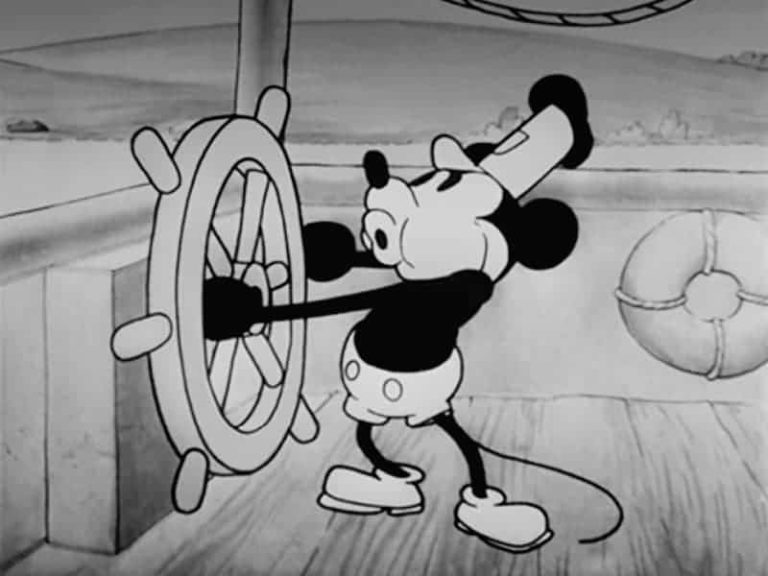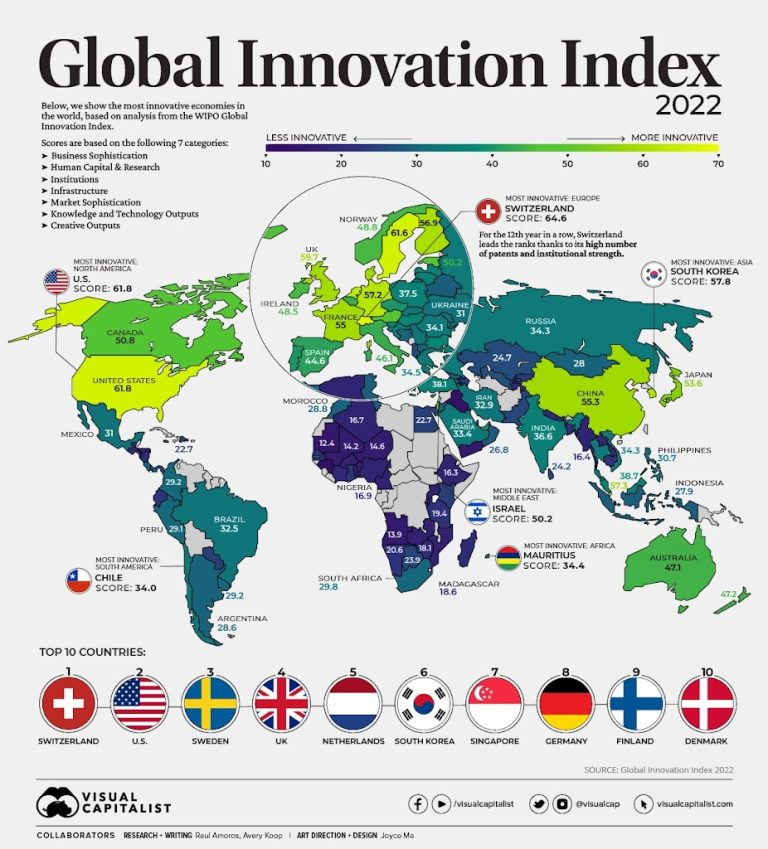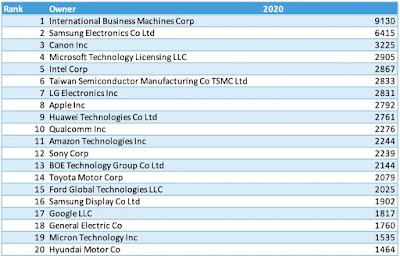The Mickey Mouse Protection Act
When you hear The Mickey Mouse Protection act, you are probably thinking about how to keep the mouse’s tail out from under the heavy boots of the Florida State Governor. But the Law that is informally called the Mickey Mouse Protection Act of 1995 extended copyright protection for an additional 20 years, giving Disney until November 2024 before the first copyrights on Mickey Mouse begin to roll off copyright protection. This means that by Christmas…




